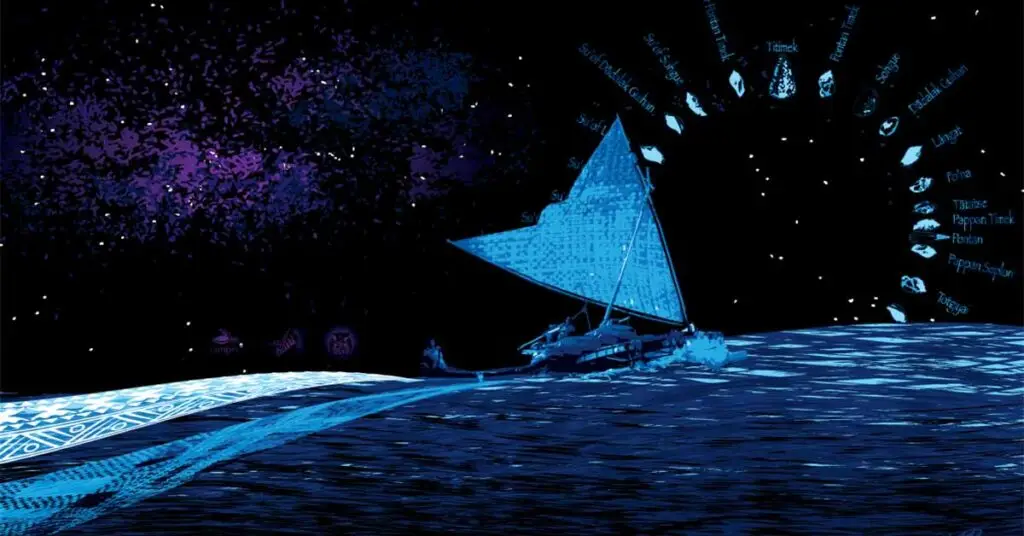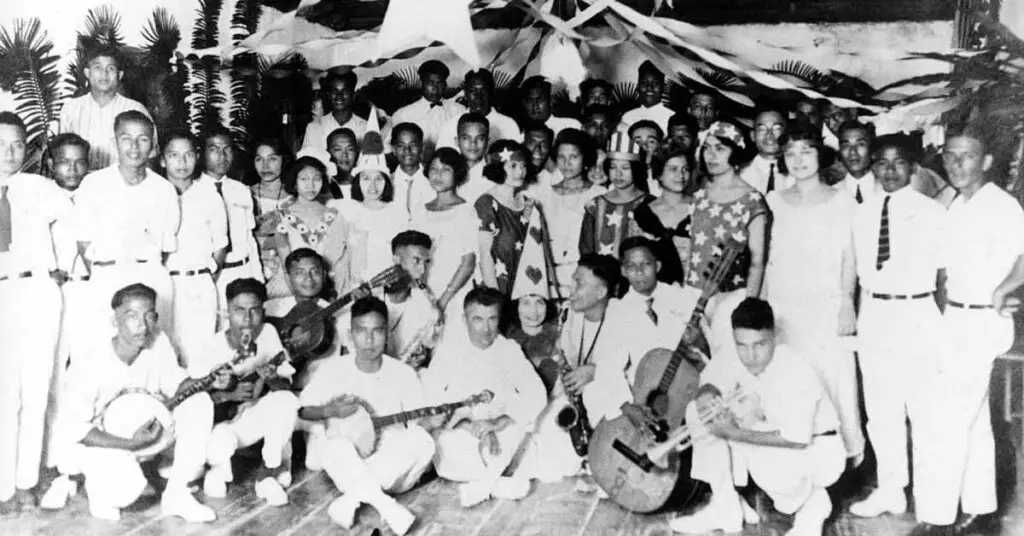Micronesia Milestones
…Micronesia Milestone Santa Marian Kamalen Statue Found 1690 Santa Marian Kamalen statue is found in Malesso’ after the galleon Nuestra Señora del Pilar shipwrecked off Cocos Island. Image information: Santa…
Micronesia Milestones Read Post »


